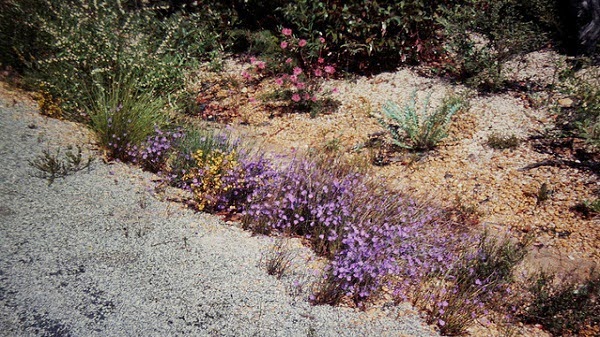
A WA botanist says detailed fossil records and the development of phylogenetic trees could help experts understand why flora in Australia’s south-west is so diverse in comparison to the south-east.
Curator of WA Herbarium at the Department of Parks and Wildlife Kevin Thiele has confirmed in research that WA’s south-west has higher species richness but fewer genera than the south-east of Australia.
Dr Thiele says experts cannot yet explain the reasons for the special characteristics of the flora in the south-west, but more critical thinking and research will help to discriminate between possible explanations.
The collaborative research reviewed explanations behind south-west diversity, with one possibility being “supercharged speciation” that occurred in the south-west and not the south-east.
Alternatively, Dr Thiele says unlike the south-east, Australia’s south-west could have been environmentally stable for a long period of time.
“Even though the rate at which new species are generated in the south-west and south-east may be approximately equal, it may be that fewer species have gone extinct in the south-west over a long period of time,” he says.
However, Dr Thiele says the special nature of the flora in the south-west might not be historical and could be due to the soil of each area.
“The very richest parts of the south-west are areas that are on very nutrient-poor oligotrophic soils,” he says.
“These soils are a real challenge to grow on and it’s a common observation in many parts of the world that these types of very nutrient limited of sandy soils seem to have quite rich floras on them.”
Dr Thiele says developing phylogenies for flora in the two areas may help because particularly with molecular phylogenies, they can be dated to some extent.
“We might be able to see things like a difference in the phylogenetic patterns in the south-west and south-east,” he says.
Dr Thiele says there is not a good understanding of fossil history in the south-west of Australia however work done in south-east Australia has used fossil records of an old flora from before the ice ages.
He says the records show the flora was just as rich as the flora in south-western Australia, but much of it went extinct.
“That is beginning to suggest that perhaps there has been a greater extinction in the south-east,” he says.
However, Dr Thiele says even if there was great extinction during the ice ages, it doesn’t explain why the south-east is richer in genera.
More information:
Dr Thiele describes the findings in a paper published in the Journal of the Royal Society of Western Australia, June 2014.
Note : The above story is based on materials provided by Science Network WA










